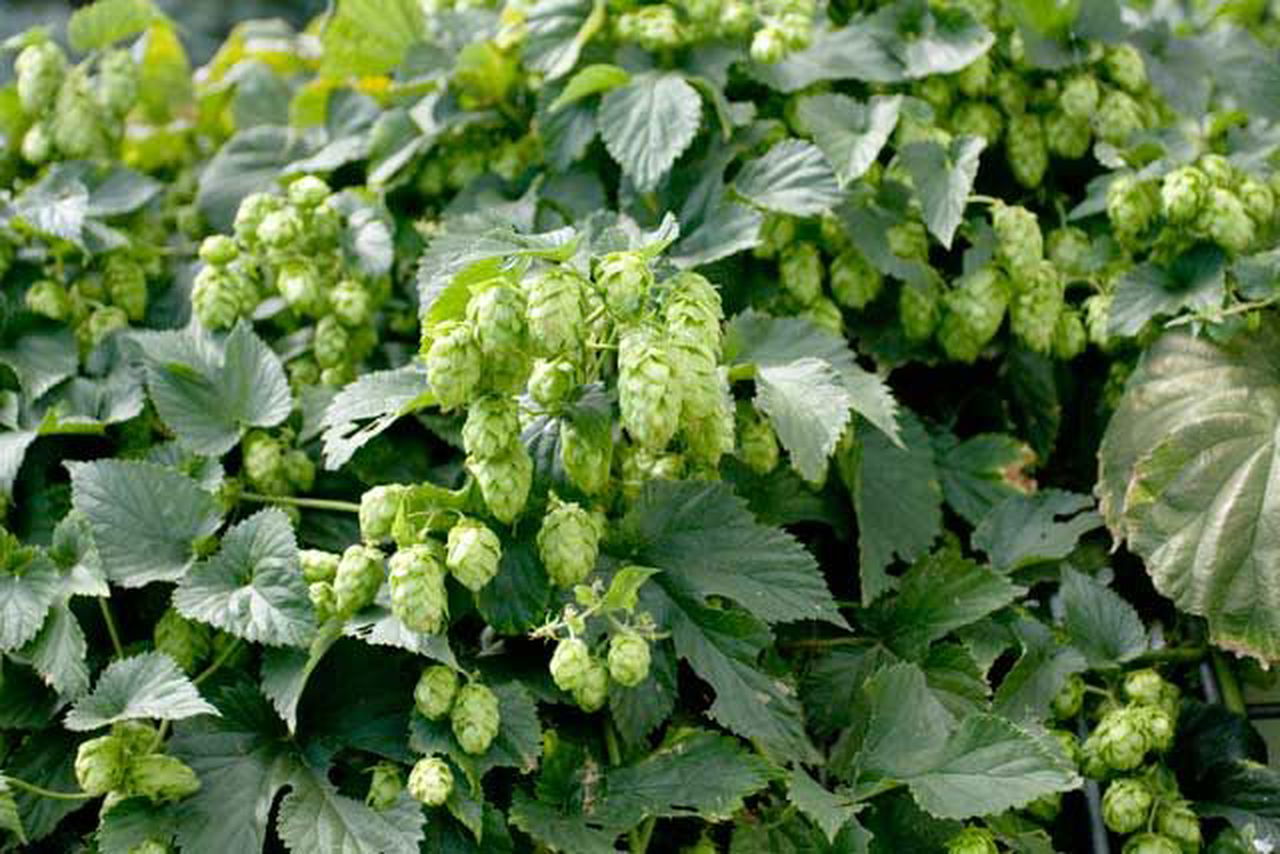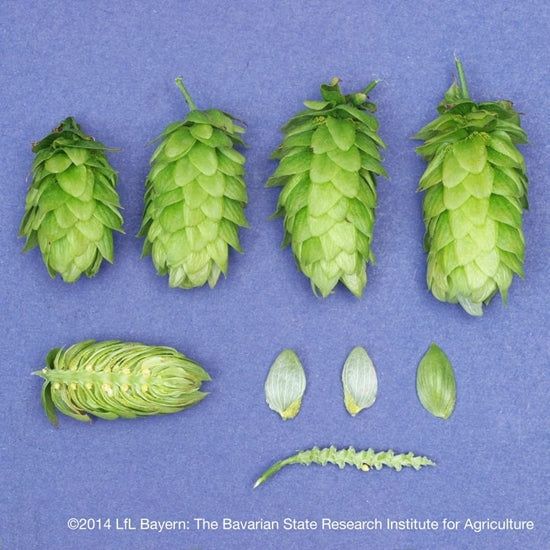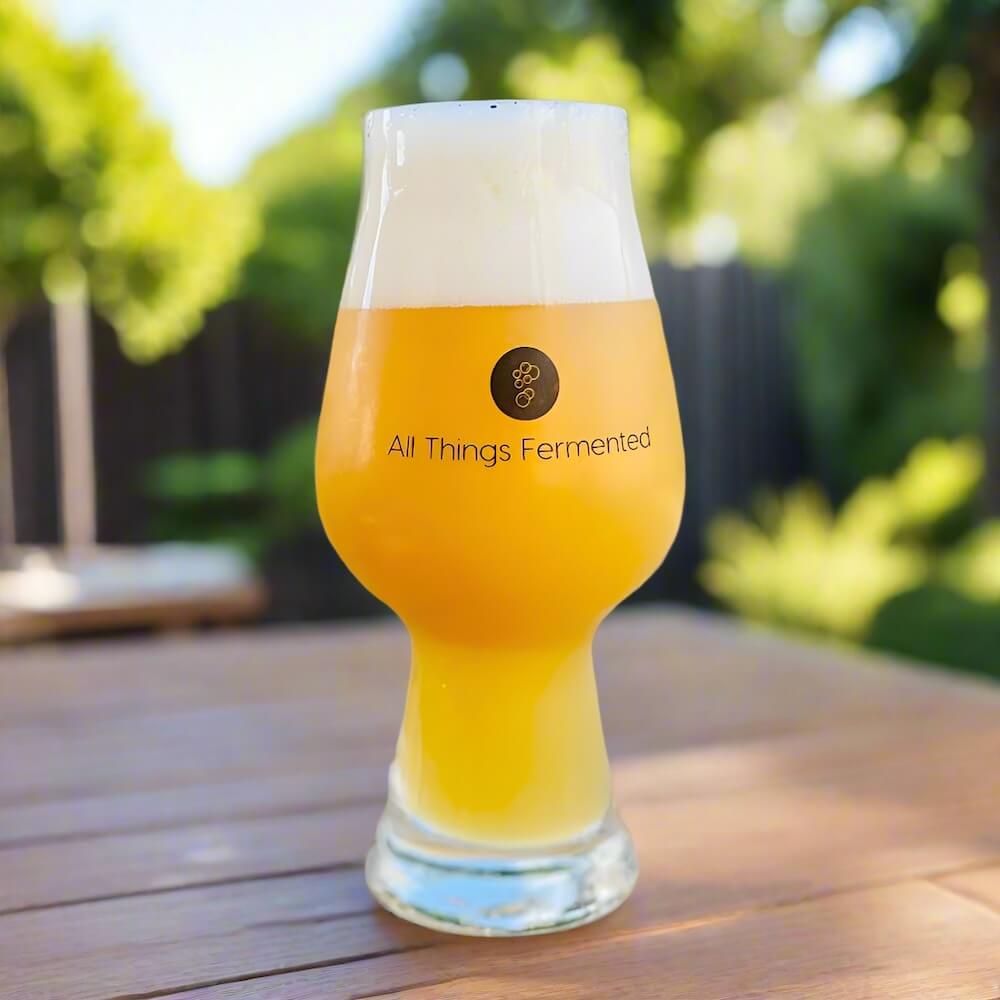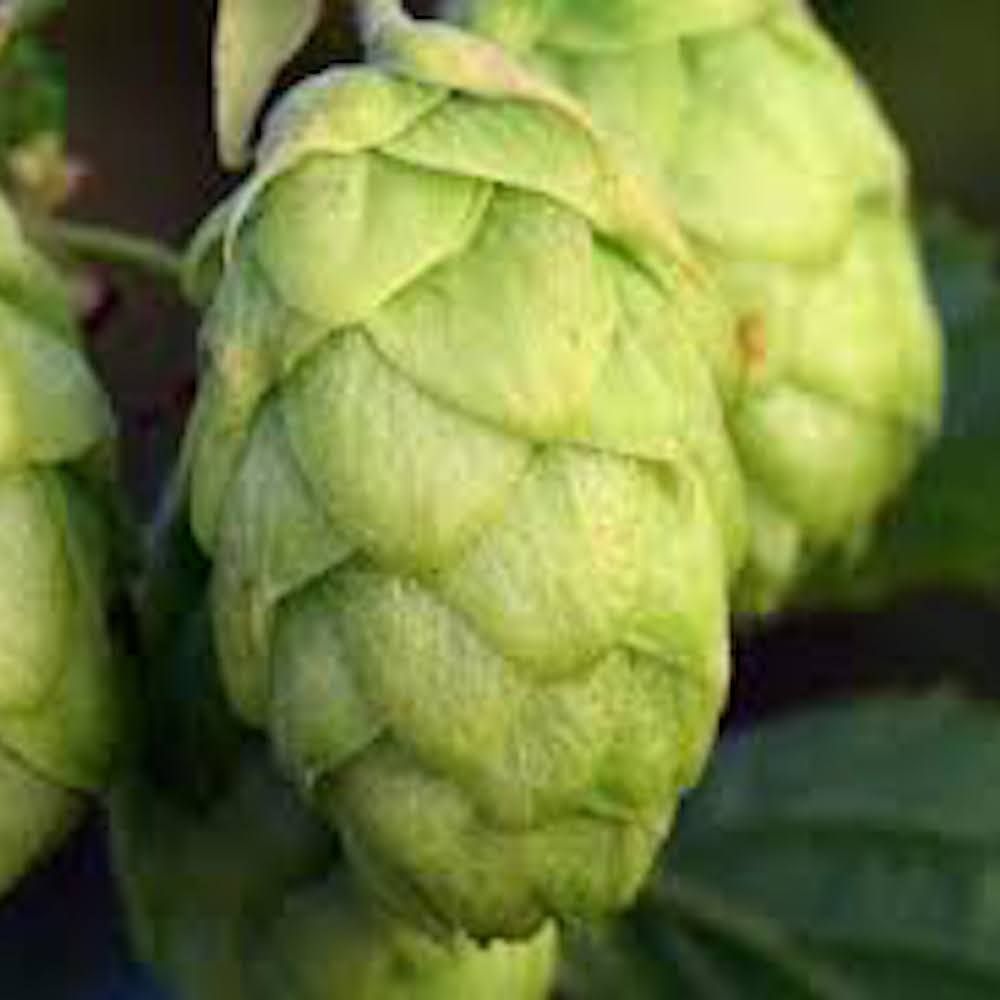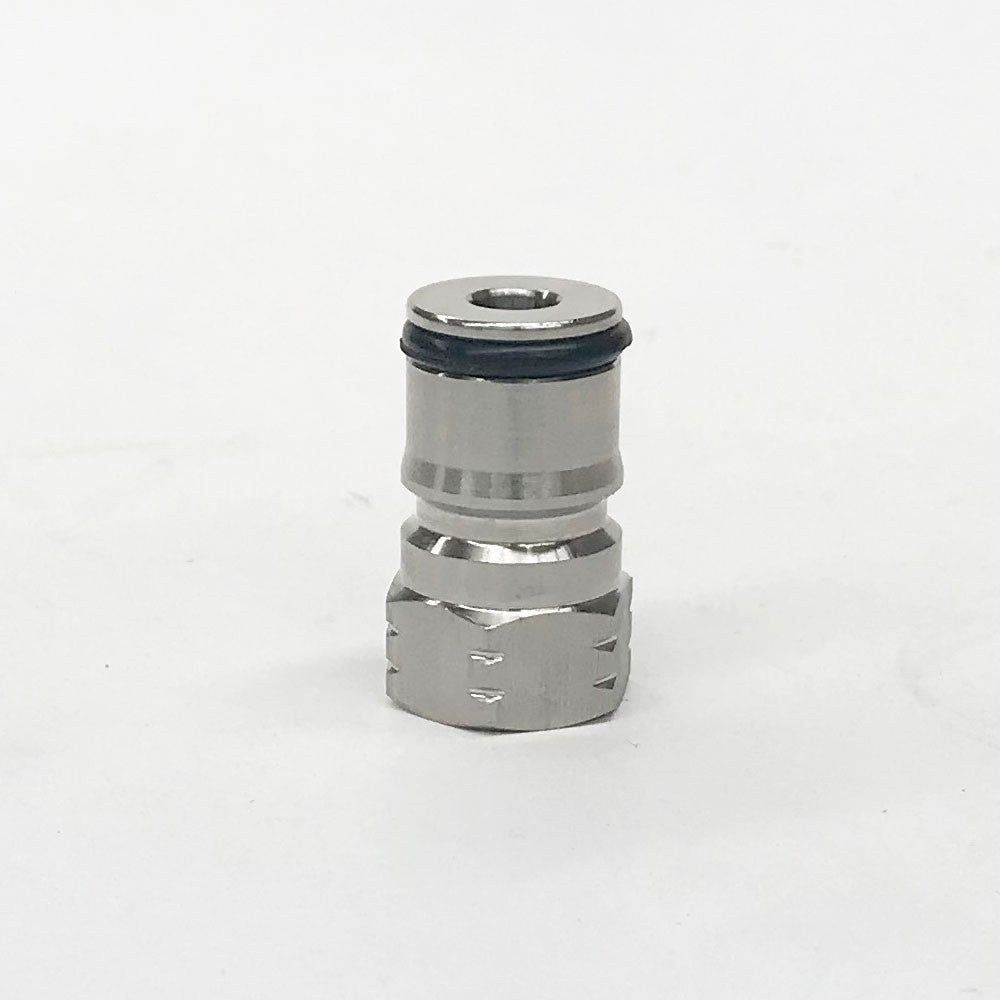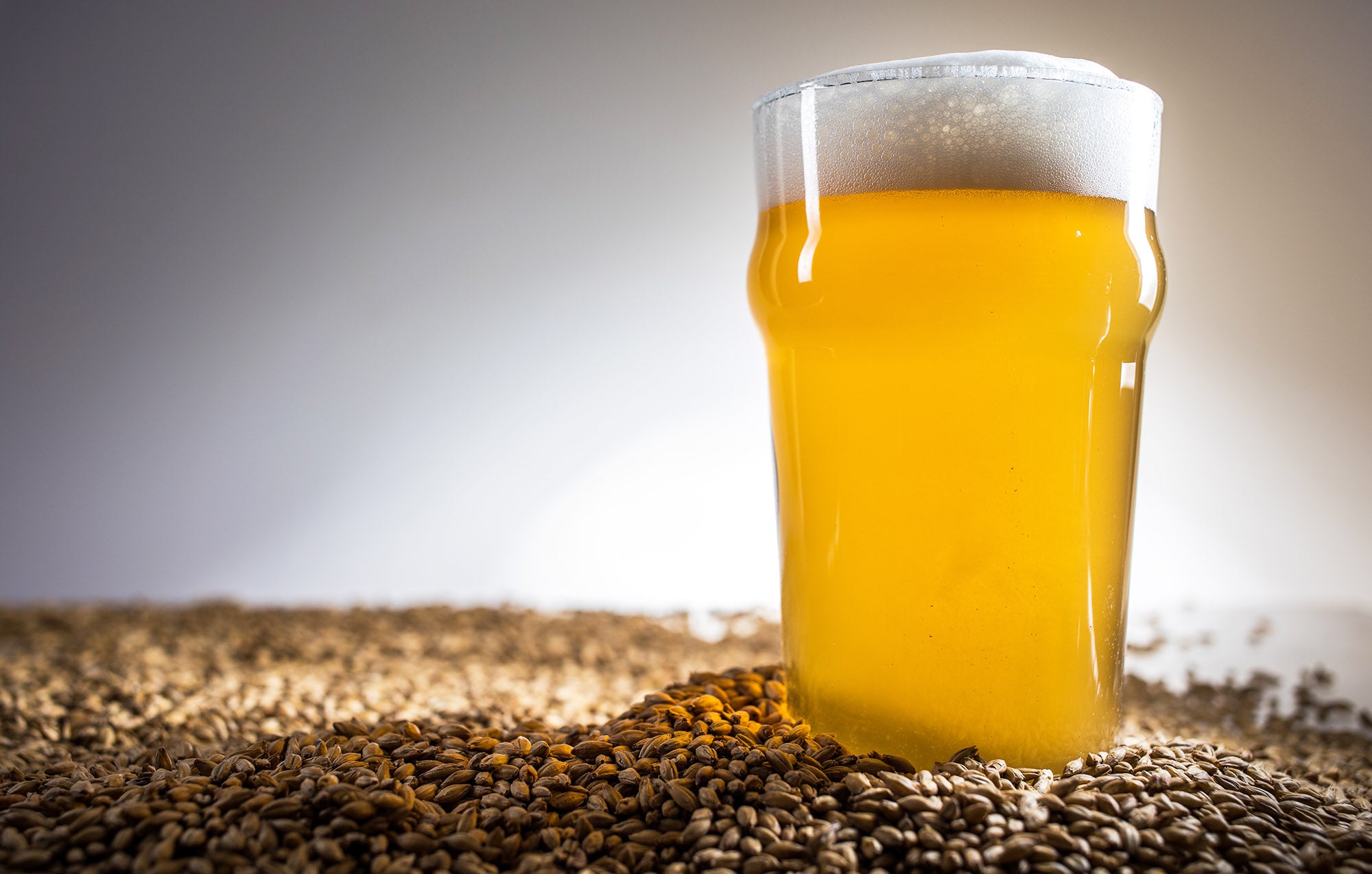Sort by:
Saaz hops originate from the Czech growing region of Saaz. It is a traditional regional variety that is is widely used in Bohemian and European beers and is the hop that gives traditional Bohemian Pilsners their distinctive taste and aroma.
Saaz hops are primarily used for their flavour and aroma due to their low alpha acid content, however were used for bittering in traditional Bohemian Pilsners. They have a pleasant mild earthy and herbal character with floral overtones.
Typical Analysis
|
Type |
Aroma |
|
Growing Area |
Czech Republic |
|
Lineage |
Land variety |
|
α-acids* |
3.0 - 6.0 % |
|
β-acids |
4.5 - 8.0 % |
|
Total Polyphenols |
5.5 - 7.0 % |
|
Total oils |
0.4 - 1.0 ml/100g |
|
Myrcene |
25.0 - 40.0 % of total |
|
Linalool |
app. 0.5 % of total |
The queen of English hops with a pedigree dating back to 1790, East Kent Golding is to British brewers what Hallertau Mittelfrüh is to their German colleagues. A premium appellation, East Kent Goldings hops can only come from Kent.
East Kent Goldings has been described as flowery, earthy, spicy, with honey notes and citrus peel or citrus candy overtones and an herbaceous, spring meadow-like undercurrent. Gentle and refined, dry hopping can bring forth its citrus aspects alongside a fresh grassy note.
Regarded for centuries as England’s finest hop, EKG has been a spotlight flavour in the profiles of hoppy ales from the British Isles: IPA, pale ale, and bitter. It’s used at lower rates to subtle affect in Scottish and other darker, maltier ales.
Described as minty, earthy, grassy, and floral, Fuggle is considered to be a classic English hop variety.
It is most commonly used as a flavour and aroma addition during the boil and can also be used for dry hopping. It is often used in combination with Goldings.
| Characteristics | |
| Purpose | Aroma |
| Alpha Acid Composition | 2.4%-6.1% |
| Beta Acid Composition | 2.1%-2.8% |
| Co-Humulone Composition | 25%-29% |
| Country | UK |
| Cone Size | |
| Cone Density | |
| Seasonal Maturity | Early |
| Yield Amount | 1008-1233 kg/hectare |
| Growth Rate | Low to moderate |
| Resistant to | Resistant to downy mildew |
| Susceptible to | Moderately susceptible to verticillium wilt, carries the apple and cherry strain of Prunus Necrotic Ringspot virus and the Hop Mosaic virus |
| Storability | |
| Ease of Harvest | |
| Total Oil Composition | 0.44-0.83 mL/100g |
| Myrcene Oil Composition | 43.4% |
| Humulene Oil Composition | 26.6% |
| Caryophyllene Oil | 9.1% |
| Farnesene Oil | 4.3% |
| Substitutes | Fuggle (NZ) Fuggle (US), Willamette, Styrian Golding, Tettnanger, Newport |
| Style Guide | English Ale, Porter, Mild Ale, Bitter, Extra Special Bitter, Lambic, Amber Ale, Cask Ale, Stout, Oatmeal Stout, Strong Ale, Nut Brown Ale, Golden Ale, Christmas Ale |
The signature landrace variety of the Hallertau region in Bavaria, Hallertau Mittelfrüh is, at least to some, the epitome of noble hops.
Complex, but mild and approachable. A mixture of sweet, earthy, and herbal with vivid impressions of new-mown hay, sweet spices, and dried flowers. It's many offshoots and daughters show some of these same qualities, but none have the same range and balance as Mittelfrüh.
Although it can be and is used throughout the boil, it is most prized for its fine, elegant aroma and flavour contribution. Mittelfrüh has been one of Europe’s most widely esteemed varieties for centuries and is practically synonymous with continental lagers (particularly Bavarian styles) and many types of German and Belgian ales.
Styrian Golding (Celeia) is a descendant of English-grown Fuggle hops that has developed a more delicate, “continental” profile.
Invitingly earthy and resinous as befits its Fuggle background along with a citrus character, but with a more refined and restrained nature. When used in a hopback or as a dry hop, look for heightened floral and sweet spice.
Styrian Golding Celeia can be used for light bittering duty in a number of styles but shines as a late kettle or dry hop for English bitter and pale ale, mild, brown ale, as well as a wide array of Belgian styles.
